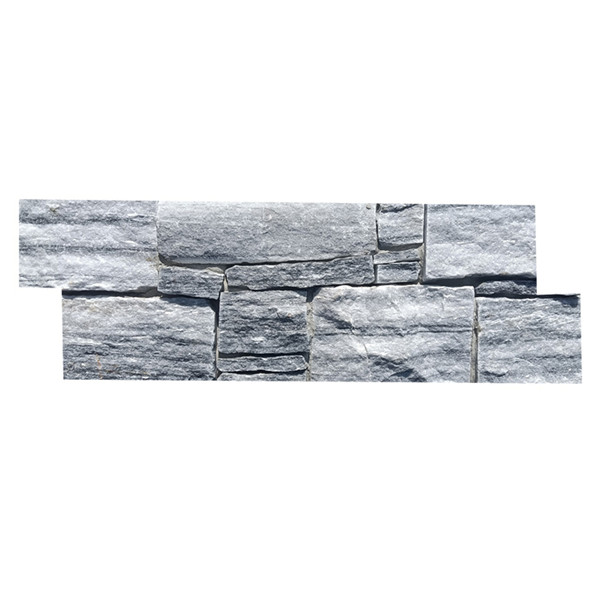Introduction
In the world of landscaping, stone veneer has emerged as a popular choice for homeowners looking to enhance the aesthetic appeal of their outdoor spaces. Stone veneer landscaping offers a versatile and durable solution that can transform any garden, patio, or backyard into a stunning oasis. In this comprehensive guide, we will delve into the various aspects of stone veneer landscaping, including its benefits, types, installation techniques, design ideas, and maintenance tips.
mosaic tile for sale of Stone Veneer Landscaping
Stone veneer landscaping offers a myriad of benefits that make it a preferred choice for many homeowners. One of the primary advantages of using stone veneer in landscaping is its durability. Stone veneer is made from natural stone materials or concrete, which are known for their strength and longevity. This means that your stone veneer landscaping will withstand the test of time and maintain its beauty for years to come.
Furthermore, stone veneer is available in a wide range of colors, textures, and patterns, allowing for endless design possibilities. Whether you prefer a rustic, traditional look or a more modern aesthetic, there is a stone veneer option to suit your style. Additionally, stone veneer is lightweight and easy to install, making it a cost-effective choice for landscaping projects.
Types of Stone Veneer
There are several types of stone veneer available for landscaping purposes, each with its own unique characteristics and benefits. Natural stone veneer is created by slicing natural stone into thin strips, resulting in a product that closely resembles the appearance of full-sized stones. Natural stone veneer offers a high-end, authentic look but can be more expensive than other types of stone veneer.
Manufactured stone veneer, on the other hand, is made from a combination of cement, aggregates, and pigments to mimic the look of natural stone. Manufactured stone veneer is more affordable than natural stone veneer and comes in a wide variety of colors and styles. Another type of stone veneer is faux stone veneer, which is made from polyurethane or other synthetic materials. Faux stone veneer is lightweight, easy to install, and highly customizable.
Installation Techniques

Installing stone veneer in your landscaping project requires careful planning and attention to detail to ensure a professional finish. The first step in the installation process is to prepare the surface where the stone veneer will be applied. This may involve cleaning the area, applying a moisture barrier, and installing metal lath or wire mesh to provide a stable base for the stone veneer.
Next, the stone veneer pieces are laid out in the desired pattern, taking care to stagger the joints for a natural look. The stones are then adhered to the surface using mortar or a specialized adhesive. Grout is applied to fill the gaps between the stones and create a seamless finish. Finally, the stone veneer is sealed to protect it from moisture and enhance its longevity.
Design Ideas
Stone veneer landscaping offers endless design possibilities to create a unique and visually appealing outdoor space. One popular design idea is to use stone veneer to create an accent wall or fireplace in the backyard. This can serve as a focal point for the outdoor area and create a cozy, inviting atmosphere for gatherings and relaxation.
Another creative use of stone veneer is to build retaining walls or seating areas using stacked stone veneer. These structures not only add visual interest to the landscape but also serve practical purposes such as defining different areas of the garden or creating additional seating space for outdoor entertaining.
Incorporating stone veneer into pathways, stepping stones, or garden borders is another effective way to enhance the overall look of the landscape. The natural texture and color variations of stone veneer can add depth and character to these features, creating a cohesive and harmonious outdoor environment.
Maintenance Tips
Proper maintenance is essential to ensure the longevity and beauty of your stone veneer landscaping. Regular cleaning is key to keeping stone veneer looking its best. Use a mild detergent and water solution to remove dirt, grime, and debris from the surface of the stones. Avoid using harsh chemicals or abrasive cleaners, as these can damage the stone veneer.
Sealing the stone veneer every few years can help protect it from water damage, staining, and fading. Choose a high-quality sealer that is specifically designed for use on stone veneer and follow the manufacturer's instructions for application. Additionally, inspect the stone veneer periodically for any signs of damage or wear, such as cracks, chips, or loose stones, and address these issues promptly to prevent further damage.
Conclusion
Stone veneer landscaping offers a versatile, durable, and aesthetically pleasing solution for enhancing outdoor spaces. Whether you are looking to create a cozy backyard retreat, a stylish patio, or a welcoming garden, stone veneer can help you achieve the look you desire. By understanding the benefits, types, installation techniques, design ideas, and maintenance tips of stone veneer landscaping, you can transform your outdoor space into a stunning oasis that will be enjoyed for years to come.
